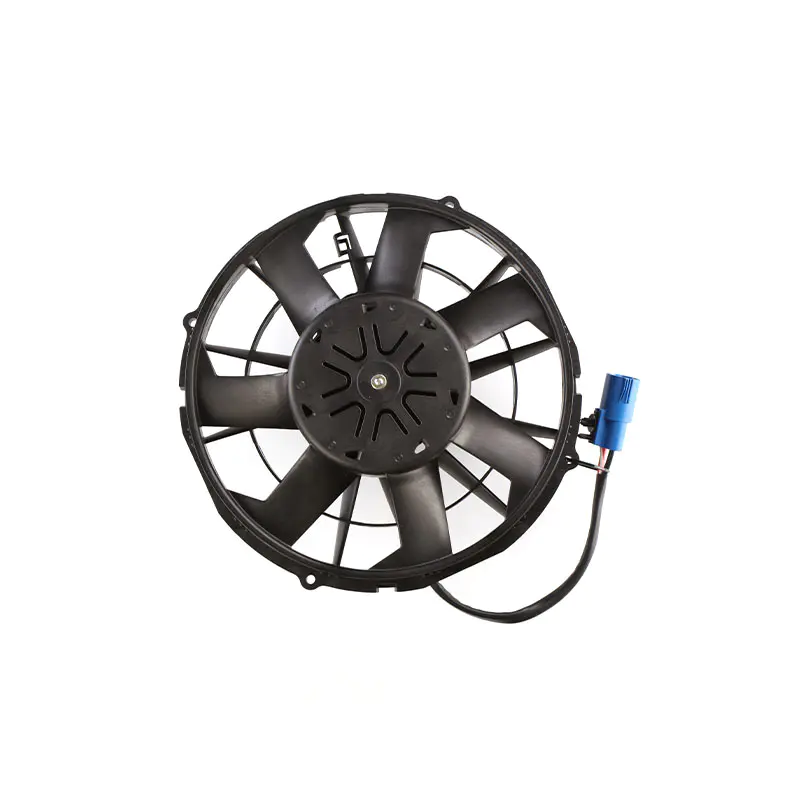Contact Us
Your email address will not be published. Required fields are marked *
Why DC Axial Fans Are Revolutionizing Industrial Cooling Systems?
Oct 23, 2025DC Axial Fans Explained: Efficiency, Durability, and Performance
Oct 16, 2025DC Axial Fans vs AC Fans: Which One Suits Your Needs?
Oct 09, 2025How to Choose the Perfect DC Axial Fan for Your Equipment?
Oct 02, 2025High-Efficiency and Low-Noise DC Brushless Axial Flow Fans Transform Industrial Cooling
Sep 25, 2025Enhancing Cooling Efficiency: The Role of High-Performance Tank Radiator Fans
Sep 18, 2025High Airflow Performance Redefines Tank Radiator Brushless Axial Fans
Sep 11, 2025IP68 DC Motors: Redefining Performance in Harsh Environments
Sep 04, 2025Why are brushless axial fans the choice for efficient ventilation and cooling?
Jul 31, 2025EC Forward-Tilting Centrifugal Fans: Efficiency and Performance Explained
Aug 29, 2025DC Brushless Centrifugal Fans: A Comprehensive Guide to Selection and Applications
Aug 20, 2025DC Brushless Axial Flow Fans: A Comprehensive Guide
Aug 11, 2025
When evaluating DC brushless axial flow fan efficiency ratings, several key factors come into play. These fans are renowned for their energy-saving capabilities compared to traditional brushed motors, but understanding how efficiency is measured can help users make informed decisions.
The efficiency of these fans is typically expressed as a percentage representing the ratio of air power output to electrical power input. Higher percentages indicate better performance with less energy waste. Modern DC brushless axial flow fan efficiency ratings often range between 60-80% for premium models.
When comparing DC brushless axial flow fan efficiency ratings, it's important to consider operating conditions. Efficiency can vary significantly depending on:
| Factor | Impact on Efficiency |
|---|---|
| Operating voltage | Higher voltages often yield better efficiency |
| Speed range | Peak efficiency usually occurs at mid-range speeds |
| Static pressure | Efficiency drops as static pressure increases |
| Temperature | Extreme temperatures can reduce efficiency |
High static pressure DC brushless axial fans are specifically designed to overcome resistance in systems with restricted airflow paths. These specialized fans maintain performance where standard axial fans would struggle.
These fans excel in environments where air must be forced through:
Several engineering solutions enable these fans to maintain performance under pressure:
For applications exposed to moisture or harsh environments, waterproof DC brushless axial flow fan options provide reliable operation where standard fans would fail.
Various methods are employed to protect fan components from water damage:
| Protection Method | Typical Application | IP Rating |
|---|---|---|
| Sealed bearings | Light moisture exposure | IP54 |
| Conformal coating | High humidity environments | IP55 |
| Fully encapsulated | Direct water contact | IP67-68 |
When choosing among waterproof DC brushless axial flow fan options, consider:
PWM controlled DC brushless axial fans represent the cutting edge of intelligent thermal management, offering precise speed control and system integration capabilities.
Pulse Width Modulation provides several advantages over traditional voltage control:
When working with PWM controlled DC brushless axial fans, consider these implementation aspects:
| Parameter | Typical Specification | Considerations |
|---|---|---|
| PWM Frequency | 20-25kHz | Higher frequencies reduce audible noise |
| Duty Cycle Range | 10-90% | Some fans have minimum duty cycle requirements |
| Signal Voltage | 3.3V or 5V | Must match controller output |
| Tachometer Output | Optional | Provides speed feedback for closed-loop systems |
In noise-sensitive environments, low noise DC brushless axial flow fans provide essential cooling without disruptive sound levels.
Manufacturers employ multiple strategies to reduce acoustic emissions:
When evaluating low noise DC brushless axial flow fans, understanding noise metrics is crucial:
| Measurement | Description | Typical Range |
|---|---|---|
| Sound Pressure Level (dB(A)) | Perceived loudness at 1m distance | 15-40dB for quiet fans |
| Sound Power Level (dB(A)) | Total acoustic energy emitted | Generally 3-6dB higher than SPL |
| Frequency Spectrum | Distribution across frequencies | Important for matching to human hearing sensitivity |
The effectiveness of low noise DC brushless axial flow fans depends on their installation context:
Your email address will not be published. Required fields are marked *
Zhejiang Nicety Electric Machinery Co., Ltd. specializes in the production of four series of products: condenser electronic fan, radiator (water tank) fan, blower, and air conditioner assembly. Professional production American, European, Japanese, Korean And Domestic brand DC automotive axial fans.
Email: [email protected] / [email protected]
Tel: +86-0578-7125439 / +86 181 0658 9231
Address:No. 98, Guangda Street, Jinsha Industrial Zone, Longquan City, Zhejiang Province, China